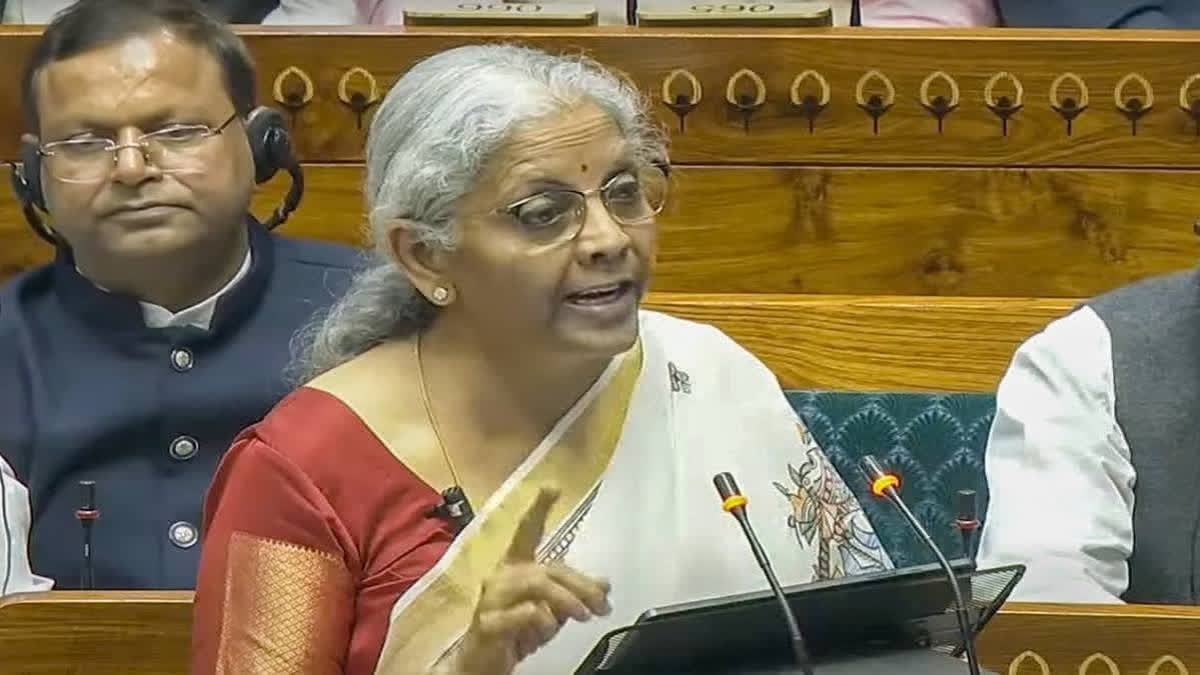By Hari Krishna Nibanupudi
India's Union Budget for 2025-26, presented on February 1, 2025, arrives at a key juncture as the government struggles to balance economic growth with climate action. As the world's third-largest emitter of greenhouse gases, India is under increasing pressure to reconcile its fiscal policies with its environmental goals.
Indian Climate Landscape: Urgent Emissions and Environmental Challenges
India's annual greenhouse gas (GHG) emissions have risen from 3.2 GtCO₂e (In Billion Metric tons carbon dioxide equivalent) in 2015 to an estimated 3.98 GtCO₂e in 2024. Coal remains the leading energy source, accounting for over 70% of the country's electrical generation. Despite large expenditures in renewable energy, coal production and imports continue to climb, highlighting the difficulty of switching to cleaner energy sources while dealing with electricity shortages. At the same time, climate change-related calamities have increased environmental concerns. In 2024, India faced extreme heatwaves, erratic monsoons, deadly floods, and droughts, impacting health, economy, and agriculture. A study linked the 2023 Sikkim floods to climate change, as glacial melt expanded South Lhonak lake 12-fold, triggering a GLOF that killed 55 people and destroyed a 1,200 MW dam.
Policy Frameworks: The Foundation for Climate Action
Several major policy frameworks guide India's climate pledges to ensure a sustainable future. The National Action Plan on Climate Change (NAPCC), contains national missions centred on climate adaptation, energy efficiency, and natural resource conservation. Under the Paris Agreement, India's Nationally Determined Contributions (NDCs) commit to a 45% decrease in emissions intensity from 2005 levels and a 50% share of non-fossil fuel energy in total installed capacity by 2030.
The Economic Survey 2024-25 highlights India’s sustainability efforts and the challenges of achieving net zero by 2070. Significant investments in grid infrastructure and critical minerals are needed, but financial constraints persist, with the COP29 climate finance target of $300 billion per year falling far short of the estimated $5.1-6.8 trillion by 2030. The survey emphasises urban sustainability, thermal power, innovative coal technologies, and nuclear energy while addressing concerns over renewable waste management, such as solar panel disposal.
Budget 2025–26: Climate Financing and Key Allocations
The Union Budget 2025-26 allocates ₹3,412.82 crore to the Ministry of Environment, Forest, and Climate Change (MoEFCC), a 9% increase from the revised ₹3,125.96 crore for FY25. The budget comprises ₹1,060.56 crore for central sector initiatives, ₹720 crore for the environment, forestry, and wildlife, and ₹220 crore for the National Mission for a Green India, up from ₹160 crore for the previous fiscal year. Funding for natural resource protection has increased to ₹50 crore, with ₹290 crore allocated to Project Tiger and Project Elephant, demonstrating a commitment to biodiversity conservation.
Climate adaptation expenditures increased from 3.7% to 5.6% of GDP between FY16 and FY22, demonstrating India's growing investment in climate resilience. The budget emphasises clean technology manufacturing, increased financial access, and climate-resilient agriculture. Key efforts such as the National Manufacturing Mission, High Yielding Seeds Mission, and Nuclear Energy Mission seek to increase domestic renewable energy generation.
A notable highlight is the provision of ₹20,000 crore for private sector-driven Research, Development, and Innovation (RDI) activities. This could speed up discoveries in sustainable technologies. The budget increases the credit guarantee plan to help renewable energy producers compete globally. It also addresses urban development and water security.
